Table of Contents
Introduction to Sichuan Pepper
Sichuan pepper (also known as shu pepper) is a staple in Chinese cuisine and has gained popularity worldwide for its unique flavor profile. It's not about heat at all—it's about a tingling, numbing sensation that sets it apart from other peppers. Whether you're a seasoned chef or a home cook with a passion for spices, Sichuan pepper is a must-have in your kitchen.
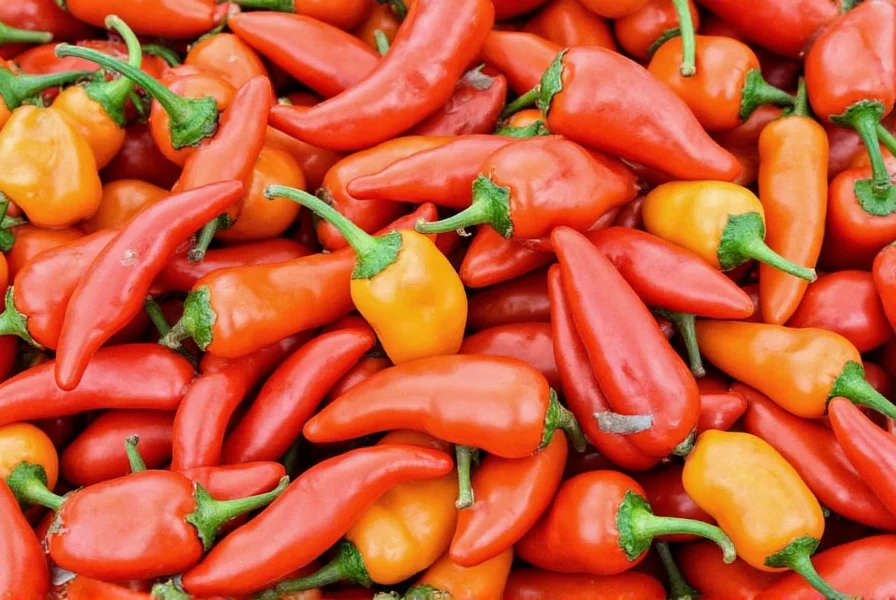
But what exactly is Sichuan pepper? Where does it come from? And how can you use it in your cooking? In this article, we'll explore everything you need to know about Sichuan pepper, from its origins to its culinary uses, and even give you a practical guide on where to buy the best ones.
Spice Basics: Understanding Sichuan Pepper
The Sichuan pepper is actually not a true pepper but a dried fruit from the prickly ash tree (Zanthoxylum bungeanum). This means it doesn't have the same heat as chili peppers. Instead, it delivers a unique, numbing sensation that tingles your lips and tongue—often described as a "numb-spicy" experience.
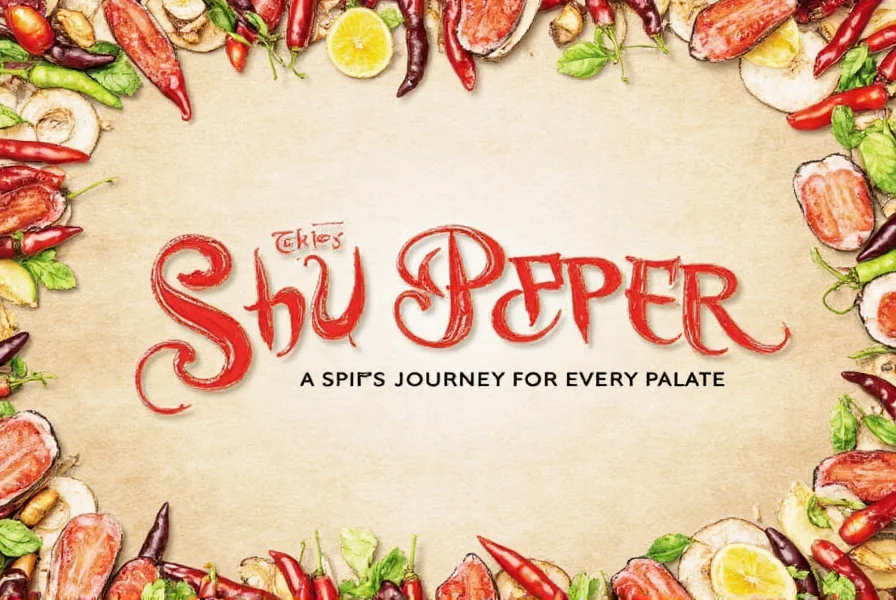
This characteristic makes it a key ingredient in Sichuan cuisine, where it pairs beautifully with chili peppers to create the iconic "mala" flavor—hot and numbing. But it's not just limited to Chinese food; chefs around the world are now experimenting with it in various dishes, from cocktails to desserts.
The Sichuan pepper has a slightly citrusy and floral aroma, which adds complexity to any dish. Its flavor is subtle yet powerful, making it an excellent choice for those who want to elevate their cooking without overpowering the palate.
Practical Tips for Cooking with Sichuan Pepper
If you're new to using Sichuan pepper, here are some practical tips to help you make the most of this versatile spice:
- Toasting the Peppers: Before using them, lightly toast the Sichuan peppers in a dry pan over medium heat. This enhances their aroma and intensifies the numbing effect.
- Crushing for Maximum Flavor: Use a mortar and pestle or a spice grinder to crush the peppers into a fine powder. This allows the essential oils to release more fully.
- Add at the Right Time: Because of its delicate nature, add Sichuan pepper towards the end of the cooking process to preserve its flavor and numbing properties.
- Pair with Heat: Combine it with chili peppers for a balanced mala flavor, or use it alone for a subtler, tingling experience.
- Experiment Freely: Don't be afraid to try it in different recipes—its versatility makes it perfect for both traditional and modern dishes.
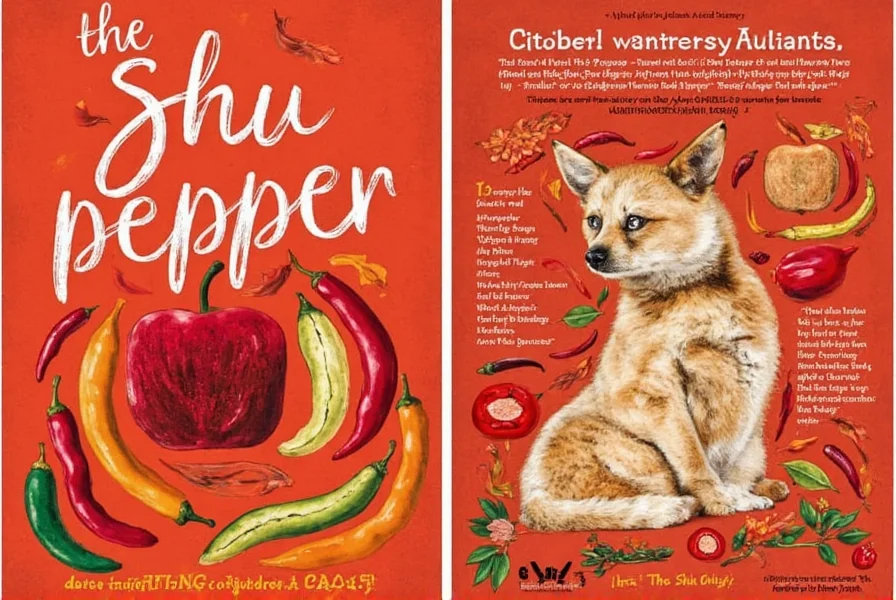
Whether you're making a classic Sichuan hot pot, a spicy stir-fry, or even a dessert with a twist, the Sichuan pepper can add a unique layer of flavor that will impress your guests.
Buying Guide: How to Choose the Best Sichuan Pepper
| Feature | High-Quality Sichuan Pepper | Average Quality Sichuan Pepper |
|---|---|---|
| Color | Darker red with a deep hue | Pale or inconsistent color |
| Aroma | Strong, aromatic, and slightly citrusy | Faint or bland |
| Texture | Crunchy when dry, no mold or discoloration | Sticky, damp, or discolored |
| Origin | Sichuan province, China | Unknown or questionable origin |
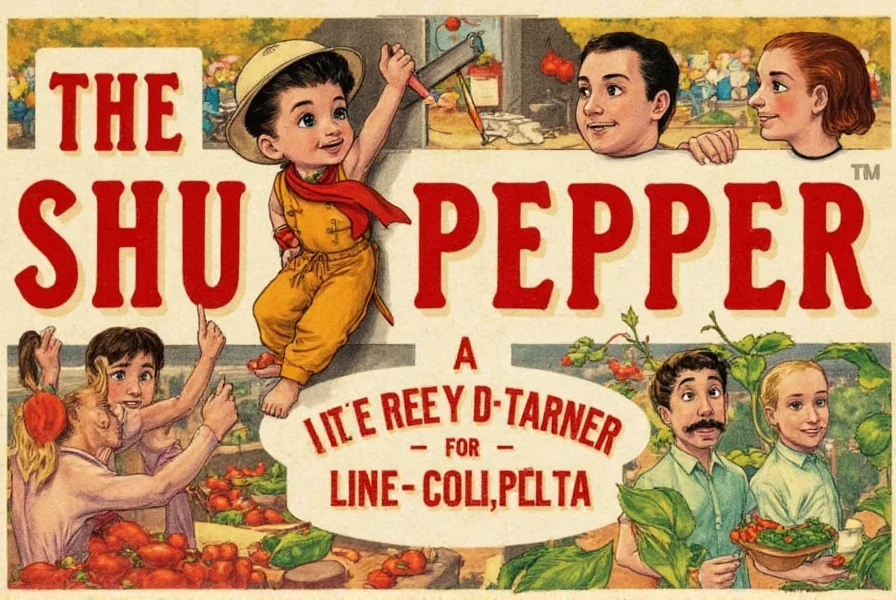
When purchasing Sichuan pepper, look for products that are labeled as "Sichuan pepper" or "shu pepper" and preferably sourced from reputable suppliers. You can find it in specialty grocery stores, Asian markets, or online retailers like Amazon or Alibaba.
Some popular brands include:
- Shu Mei Sichuan Pepper – Known for its high quality and strong flavor, ideal for home cooks and professional chefs alike.
- Lucky Dragon Sichuan Pepper – A great option for those looking for an affordable yet flavorful alternative.
- Mao's Sichuan Pepper – A trusted brand among Sichuan chefs, offering premium quality with consistent results.
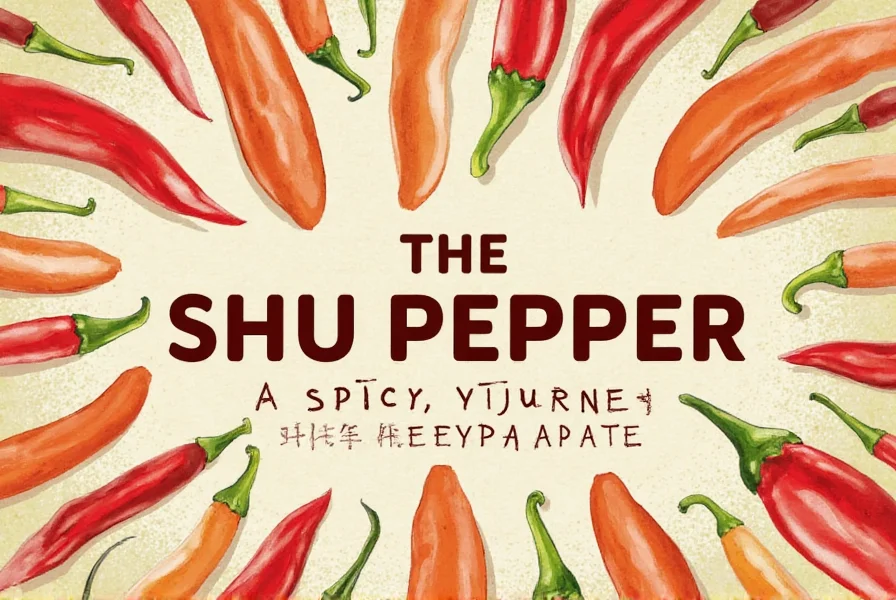
These products are suitable for a variety of occasions, including family dinners, special events, or even as a gift for spice lovers. Their use cases range from cooking to seasoning, and they work well in both traditional and contemporary dishes.
Sichuan Pepper vs. Other Peppers: A Flavor Comparison
| Pepper Type | Heat Level | Flavor Profile | Unique Feature |
|---|---|---|---|
| Sichuan Pepper | Low to Medium | Tingling, numbing, slightly citrusy | Numbing sensation |
| Chili Pepper | Medium to High | Spicy, sometimes sweet or smoky | Heat and flavor intensity |
| Black Pepper | Low | Pungent, earthy, slightly sharp | Classic seasoning |
| Cayenne Pepper | High | Hot, pungent, slightly sweet | Used in many cuisines |
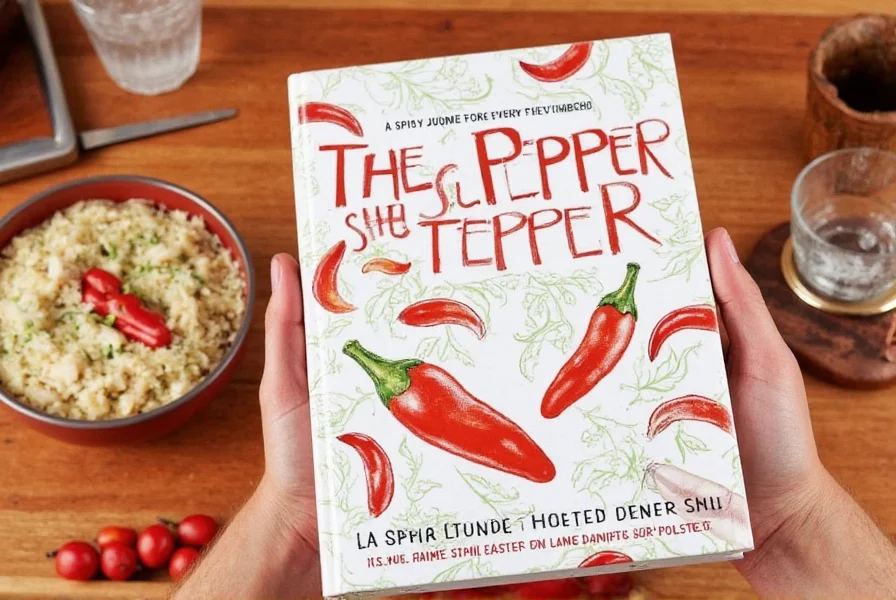
As you can see, the Sichuan pepper offers a completely different experience than traditional chili peppers. While it may not be as fiery, its unique tingling effect makes it a favorite in many kitchens.
Frequently Asked Questions About Sichuan Pepper
Here are answers to common questions about Sichuan pepper to help you better understand and use this unique spice:
- What exactly is Sichuan pepper?
Sichuan pepper, also known as shu pepper, is not a true pepper but the dried berry of the prickly ash tree (Zanthoxylum species). It's a key ingredient in Chinese cuisine known for its distinctive tingling, numbing sensation rather than intense heat. - Is Sichuan pepper the same as shu pepper?
Yes, Sichuan pepper is another name for shu pepper. "Shu" refers to the ancient name for the Sichuan region in China where this spice originates. - Does Sichuan pepper actually make your mouth numb?
Yes, the unique tingling and numbing sensation is caused by hydroxy-alpha-sanshool, a compound found in Sichuan pepper. This sensation typically begins on the lips and tongue and is a signature characteristic of the spice. - How spicy is Sichuan pepper compared to chili peppers?
Sichuan pepper has very little traditional "heat" like chili peppers. Its primary effect is the tingling/numbing sensation rather than burning spiciness. It's often paired with chili peppers to create the famous "mala" (numb-spicy) flavor profile in Sichuan cuisine. - How should I store Sichuan pepper to keep it fresh?
Store Sichuan pepper in an airtight container in a cool, dark place. For maximum freshness, keep it in the refrigerator or freezer. Properly stored, it can maintain its flavor for up to 1 year, though the numbing effect diminishes over time. - Can I use Sichuan pepper in non-Chinese dishes?
Absolutely! While traditional in Chinese cuisine, chefs worldwide use Sichuan pepper in creative ways - from chocolate desserts to cocktails, marinades for meats, and even on popcorn. Its unique flavor profile works well in many culinary applications. - Are there different varieties of Sichuan pepper?
Yes, there are several varieties. The most common are red Sichuan pepper (from Zanthoxylum bungeanum) and green Sichuan pepper (from Zanthoxylum schinifolium). Green variety is more floral and citrusy with a stronger numbing effect, while red is slightly more woody and milder. - Why does my Sichuan pepper taste bitter?
Bitterness usually indicates poor quality, improper storage, or that the seeds inside the husks were ground (the seeds are bitter). High-quality Sichuan pepper should be primarily the red husks with seeds removed, offering a citrusy, floral aroma without excessive bitterness.
Conclusion
The Sichuan pepper is more than just a spice—it's a cultural treasure with a rich history and a distinctive flavor profile. Whether you're a fan of Sichuan cuisine or simply curious about new flavors, the Sichuan pepper is worth exploring.
From its numbing effect to its versatility in cooking, there's something for everyone. By understanding how to use it, where to buy it, and how it compares to other peppers, you can confidently incorporate this unique spice into your meals.
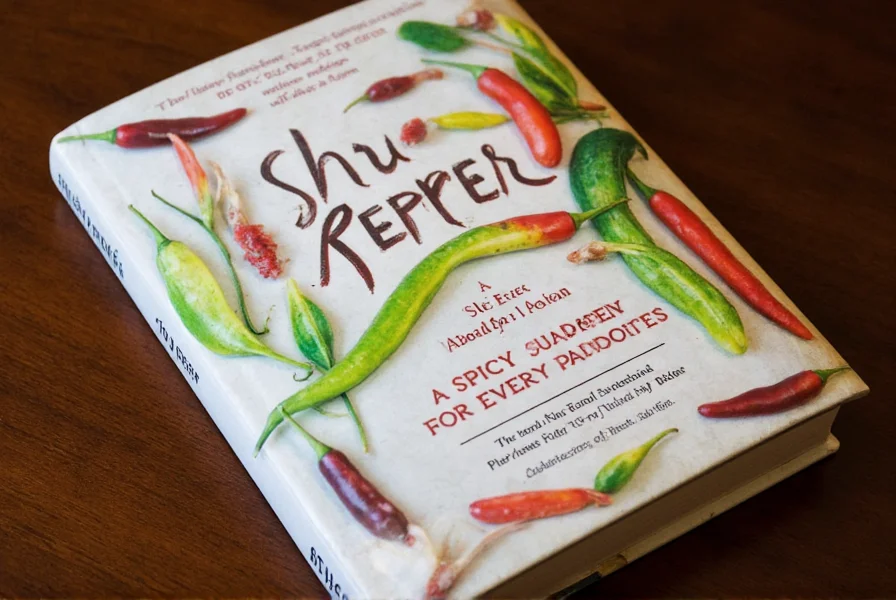
So why not take the plunge and try the Sichuan pepper today? You might just discover a new favorite in your spice collection.

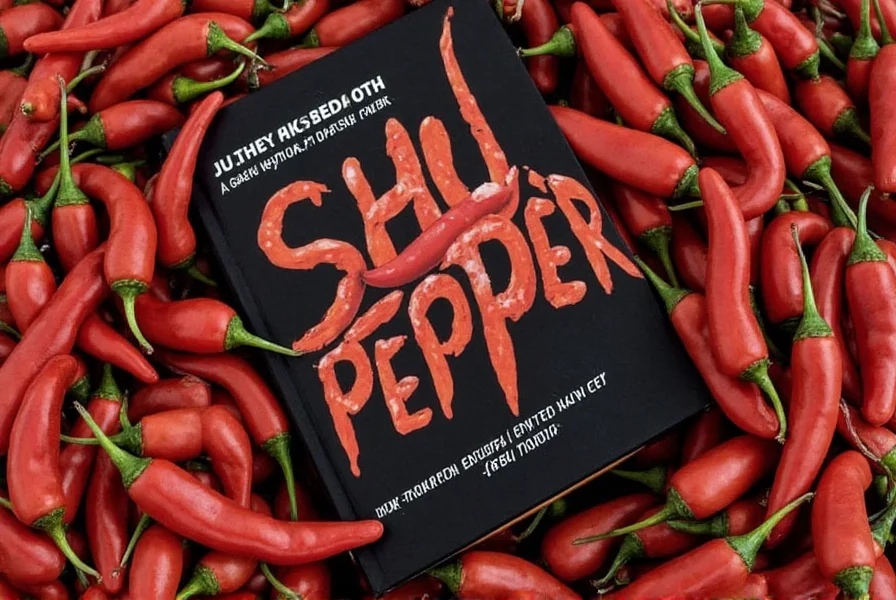









 浙公网安备
33010002000092号
浙公网安备
33010002000092号 浙B2-20120091-4
浙B2-20120091-4